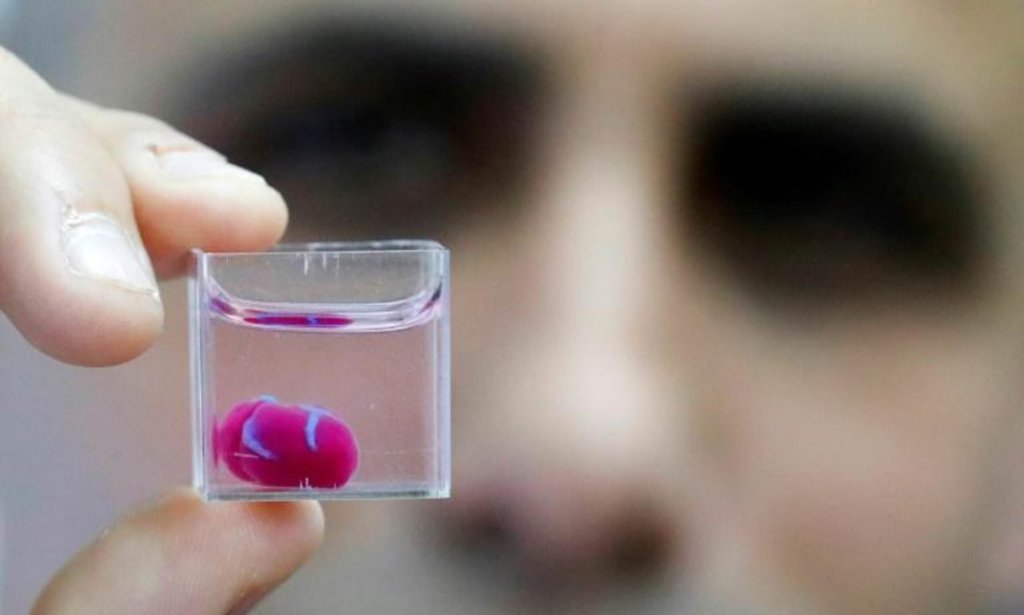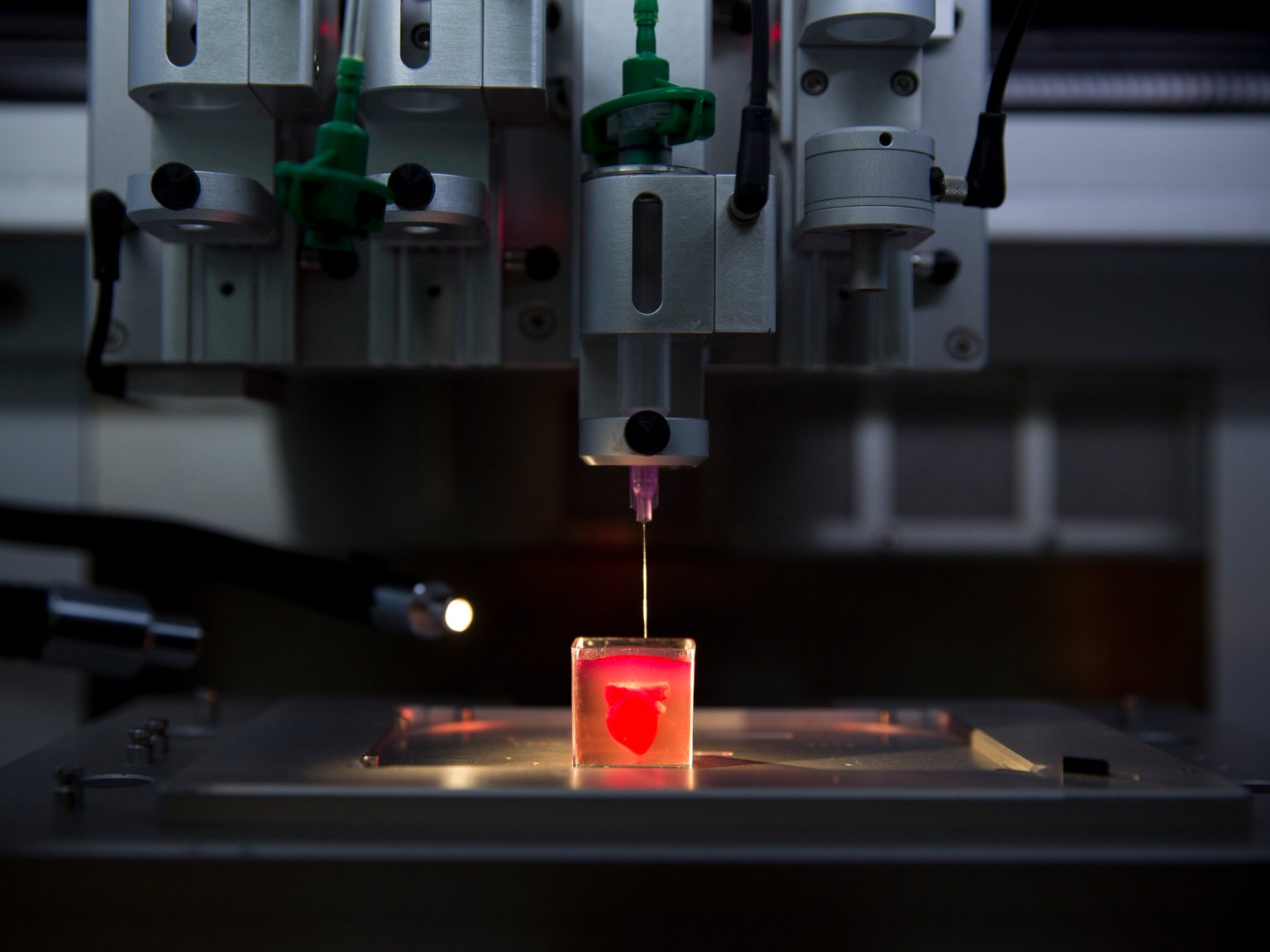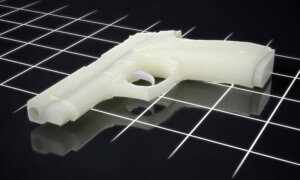There’s a large number of scientists all around the globe who are working on creating artificial organs that can be transplanted safely into humans and a team from the Tel Aviv University in Israel has made one important step forward into turning all that research into a reality.
The researchers managed to 3D print a heart using human tissue and vessels. It’s actually a mini-heart, if you will, almost as big as a rabbit’s heart, but that does not take anything away the scientific breakthrough in the slightest.

Professor and leader of the team, Dr. Tal Dvir, told The Jerusalem Post that “This is the first time anyone anywhere has successfully engineered and printed an entire heart replete with cells, blood vessels, ventricles and chambers. People have managed to 3D-print the structure of a heart in the past, but not with cells or with blood vessels.”
So, how exactly did they manage to do it?
Well, it’s actually quite straightforward: the ‘ink’ for the 3D printer was actually fatty tissue that was extracted from the patients because, as Dr. Dvri said “Using the patient’s own tissue was important to eliminate the risk of an implant provoking an immune response and being rejected.”
Even when a donor heart becomes available, those hearts might be rejected by the body and the patients have to take strong drugs in order to inhibit the immune system. That, in turn, places them at risk of infections and other complications.
While the heart is not capable of contracting or pumping out blood, the researchers hope they will figure out those details quite soon. At the moment, they are working on ways to grow enough human cells so that a full-sized human heart can be produced.
Unfortunately, the 3D printers that are currently available suffer resolution limitations, so, among all the many other puzzles the researchers have to piece together, one of them is also how to create the small blood vessels.
The future plans for heart printing involve testing out the hearts in animal models.
Dr. Dvir remained cautious in his predictions but kept an optimistic atitude: “Maybe, in 10 years, there will be organ printers in the finest hospitals around the world, and these procedures will be conducted routinely,” he said.
And that is still good news that offer a sliver of hope to the patients, considering that heart transplants are the only option for the people who live with heart and circulatory diseases, many of which will die while their names are still on the waiting list.
The team’s research was published in the journal Advanced Science.
Follow TechTheLead on Google News to get the news first.























